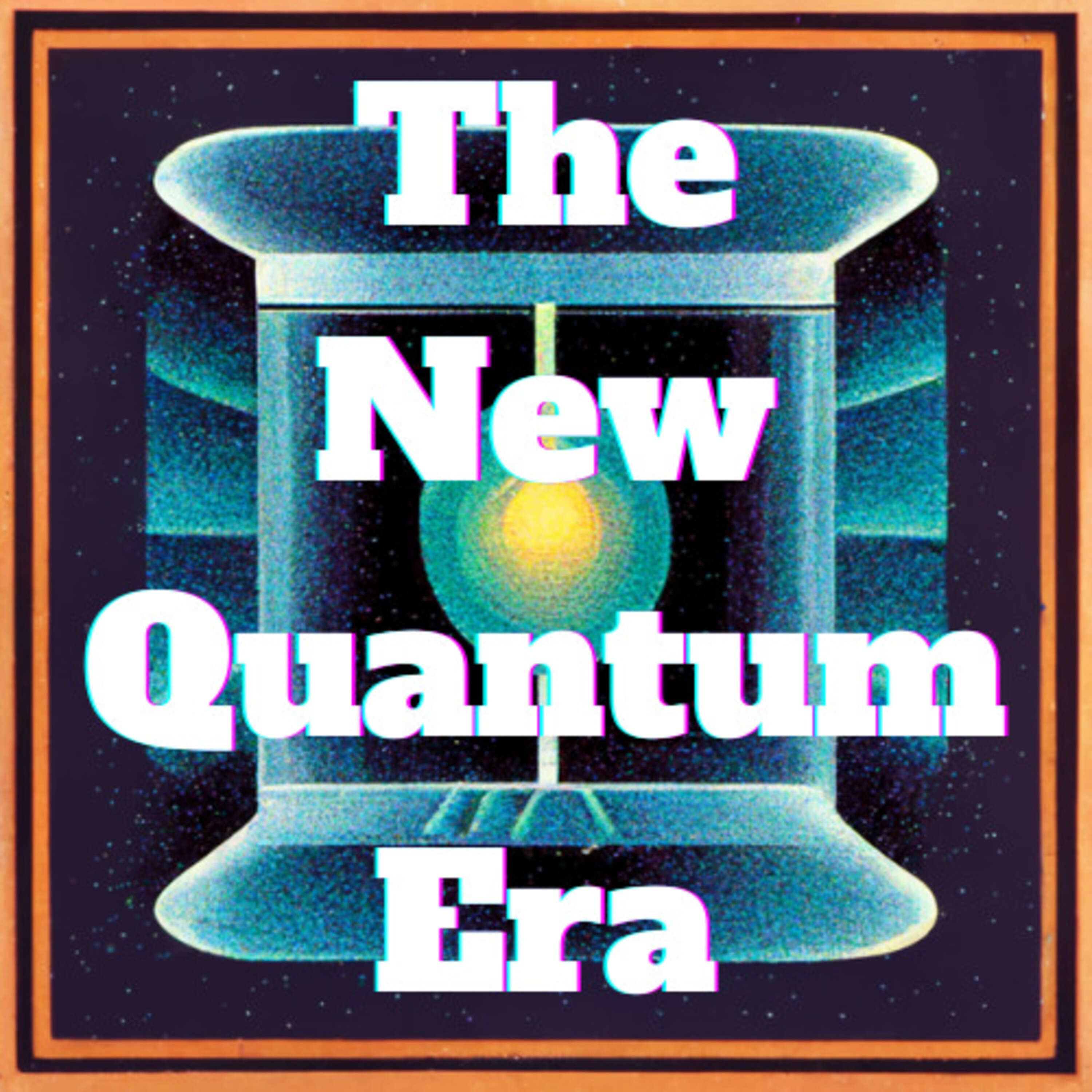- After-Shows
- Alternative
- Animals
- Animation
- Arts
- Astronomy
- Automotive
- Aviation
- Baseball
- Basketball
- Beauty
- Books
- Buddhism
- Business
- Careers
- Chemistry
- Christianity
- Climate
- Comedy
- Commentary
- Courses
- Crafts
- Cricket
- Cryptocurrency
- Culture
- Daily
- Design
- Documentary
- Drama
- Earth
- Education
- Entertainment
- Entrepreneurship
- Family
- Fantasy
- Fashion
- Fiction
- Film
- Fitness
- Food
- Football
- Games
- Garden
- Golf
- Government
- Health
- Hinduism
- History
- Hobbies
- Hockey
- Home
- How-To
- Improv
- Interviews
- Investing
- Islam
- Journals
- Judaism
- Kids
- Language
- Learning
- Leisure
- Life
- Management
- Manga
- Marketing
- Mathematics
- Medicine
- Mental
- Music
- Natural
- Nature
- News
- Non-Profit
- Nutrition
- Parenting
- Performing
- Personal
- Pets
- Philosophy
- Physics
- Places
- Politics
- Relationships
- Religion
- Reviews
- Role-Playing
- Rugby
- Running
- Science
- Self-Improvement
- Sexuality
- Soccer
- Social
- Society
- Spirituality
- Sports
- Stand-Up
- Stories
- Swimming
- TV
- Tabletop
- Technology
- Tennis
- Travel
- True Crime
- Episode-Games
- Visual
- Volleyball
- Weather
- Wilderness
- Wrestling
- Other
A Hybrid NISQ-Classical Solution Architecture with Harry Buhrman
Welcome to another episode of The New Quantum Era Podcast hosted by Kevin Rowney and Sebastian Hassinger. Today, they are joined by another distinguished researcher, Dr. Harry Buhrman. Dr. Buhrman is a professor at the University of Amsterdam, he's a director at the CWI, and he's the director at Qusoft as well. He's got a long and illustrious career in quantum information. Today, Dr. Buhrman takes us through some of his earlier work and some of his areas of interest, and he also discloses details of his recent paper which was going to be called Ultra Fast Quantum Circuits for Quantum State Preparation, but was posted to the arXiv as State preparation by shallow circuits using feed forward, which provides fascinating results with respect to the core architecture divided into four layers and time complexity around that framework.
Key Takeaways:[4:45] Sebastian introduces Dr. Harry Buhrman.[5:31] How did Dr. Buhrman become interested in Quantum Computing?[9:31] Dr. Buhrman remembers the first time he heard about the complexity class known as fast quantum polynomial time, or BQP.[11:35] Dr. Buhrman and Richard Cleve started working on communication complexity.[14:14] Dr. Buhrman discusses the opportunity that arose after Shor’s algorithm.[14:53] Dr. Buhrman has also written biology papers explaining how he became involved in this field.[18:05] Is quantum computation and quantum algorithms the main focus now regarding Dr. Buhrman’s areas of study?[20:06] Software and hardware are codependent, so codesigning is needed.[20:58]. What are the big unsolved problems in the areas of time complexity and hierarchy for quantum? [24:50] Does Dr. Buhrman think it's possible that there could be a future where some of the classical time complexity problems could be powerfully informed by quantum information science and Quantum Time complexity discovery?[27:32] Does Dr. Buhrman think that, over time, the distinction between classical information theory and quantum information theory will erode?[28:50] Dr. Burhman talks about his Team's most recent paper.[33:55] Dr. Buhrman’s group is using tmid-circuit measurement and classical fan out to extend the amount of computation time [35:04] How does this approach differ from VQE or QAOA?[38:35] About Dr. Buhrman’s current paper, is he thinking through algorithms that may be able to be implemented in at least toy problems sort of scale to try this theory out and implementation?{39:22] Sebastian talks about QubiC, an open-source Lawrence Berkeley National Lab project.[41:14] Dr. Buhrman recognizes he is very much amazed by the fact that when he started in this field in the mid-late 90s, it was considered very esoteric and beautiful but probably wouldn't lead to anything practical.[43:49] Dr. Buhrman assures that there is a chance that those intractable problems for classical computing also remain intractable for quantum computers.[44:24] What's the next big frontier for Dr. Buhrman and his team?[47:03] Dr. Buhrman explains Quantum Position Verification used for implementing secure communication protocols.[50:56] Sebastian comments on the hilarious and interesting titles for papers Dr. Buhrman comes up with.[53:10] Kevin and Sebastian share the highlights of an incredible conversation with Dr. Buhrman.
Mentioned in this episode:Visit The New Quantum Era Podcast


